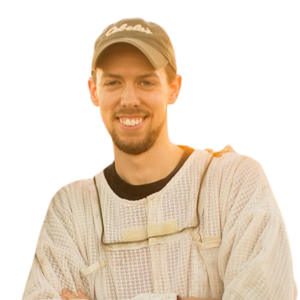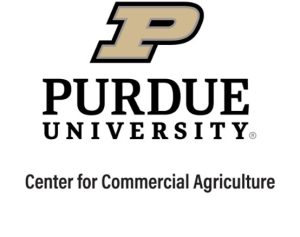When I arrived here a quarter century ago I wanted to initiate a regular column in the magazine where almost anything goes, but mostly having to do with bees and beekeeping. It should, I thought, deal with the industry we are all a part of like it or not, the people who are the movers and shakers, the leaders and followers, the beginners and the experienced, the teachers and researchers, the suppliers and the buyers, the bureaucrats and law makers, the regulators and the regulated, honey producers and honey packers and honey users, queen makers and queen buyers, bee growers and consumers, and everybody between. I wanted it to be not only a buffer, but a sieve, a filter, protection from what’s inside and from what’s outside, whether talking about a box of bees, or the world, hence the title The Inner Cover. That common, useful but not absolutely necessary item that stays between what’s outside and what’s inside. It still has that attitude I think.
Of course there’s the Catch The Buzz news service we send out, and that we archive for your review. Though written mostly by others, the topics and opinions we pass along certainly have a flavor all their own, and ours. If you aren’t a subscriber, it’s free, I urge you to sign up today. And use them in your newsletters and other places to get the word out. The Buzz reaches about 20,000 people both directly and indirectly every time it gets sent out. And while you’re at it, check out the web page of the Candle part of our company. You’ll be impressed.
But time and tide and communication resources do not stand still and an opportunity to expand our audience reached out and said come along. So for several years we worked with Hearst Publications on their web page www.thedailygreen.com, talking about Colony Collapse Disorder, getting started in bees, urban beekeeping and dealing with stubborn cities that didn’t want bees within their borders. The column, entitled The Beekeeper, lasted for several years until Hearst wanted a more retail feel for more promotional and advertising possibilities, so The Beekeeper was retired. Too bad because it had a pretty big following and was making some headway in expanding the world of urban bees and getting people started in bees who never, ever thought they would. The advertising people may have won, but the Editors weren’t entirely convinced so all of The Beekeeper contributions are still listed on the page. If you haven’t seen them, take a look, but there are no more updates. So it goes.
This past year Editors and Staff at Mother Earth News took up beekeeping and started a Community Beekeeping Blog on their web page. I was in contact with one of the folks there who is involved with the bees and he convinced me that I should be making contributions to that blog. So now I send along articles fairly often, mostly, but not all, aimed at the getting started beekeeper, like those Editors and Staff. I like to look at things that too often get overlooked, water for bees, late summer management, wearing gloves, things like that. I like to look at the things that can cause trouble if you don’t do them, but don’t get the attention that Varroa mites or CCD do. Old timers take them for granted, beginners often don’t know these little quirks even exist.
Which brings us to this page. When you combine the articles I get to do in the magazine, fundamental how-to’s, the Inner Cover, and now Mother Earth News, what can be left to discuss on a regular basis, you might ask. Indeed.
Well, there are a multitude of things that affect the worlds of the honey bee, beekeepers, pollinators, and everything they touch. Thus one of the reasons for the informal (and still might change) title, Thinking Outside The Bee Box.
But you have to come here to read this, a trait that is always an issue with me for those blogs I like to read, I have to remember to go there to read them. So when we add to this page we’ll begin to use the facebook and twitter tools we have already set up, and of course the BUZZ, and even the magazine, come on along, let’s think outside the bee box for a change.







